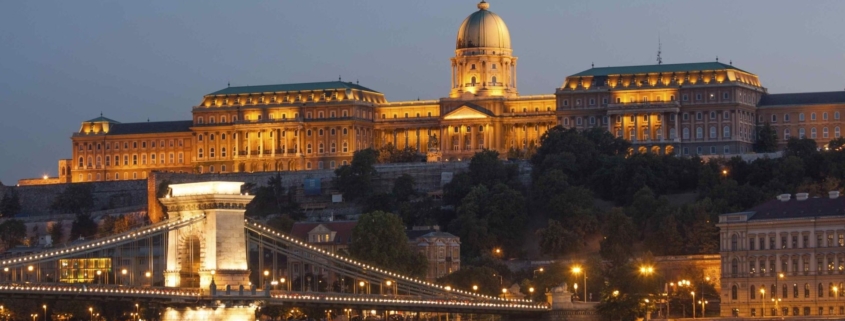The Great Market Hall or Central Market Hall (Nagyvásárcsarnok or Központi Vásárcsarnok in Hungarian) is the oldest and largest indoor market hall in Budapest, the Hungarian capital city. It is located at the southern end of the Váci street, which is a cca. 2 kilometres long shopping street in Pest. Next to the market hall you can find the Liberty bridge (Szabadság híd in Hungarian). On the opposite side of the river Danube there is the Gellért hill with the Liberty statue and the Citadel on top.
The Great Market Hall is one of the 5 big indoor market halls. They were built in the time of the Austro-Hungarian Monarchy (1867-1918). All these markets were built around 1896 which was an important date in the Hungarian history. We celebrated the 1000th anniversary of the land taking of the ancient Hungarian tribes in Europe, in the Carpathian-basin in 896. They built a lot of structures in Budapest for the Millennium Celebrations.
Before the Great Market Hall was built on Fővám square there used to be the main office where the customs of goods and products that were transferred on the Danube had to be paid. The proximity of the river was the factor that brought the market space to life at this spot. Under the surface the market hall was connected to the river, nowadays they use this tunnel for waste removal.
The beautiful building got ready in 1897 and it was designed by a Hungarian architect, Samu Petz. It is one of the most amazing examples of buildings constructed with brick in Hungarian historic style. The stone entrance gates have a neo-gothic touch.
The roof is covered by the famous colorful Zsolnay tiles, which are made of a special material invented by the Zsolnay Porcelain Manufacture. This material is called pyrogranit. Fired at high temperature, this durable material is acid and frost-resistant, so they can use it as roof tiles, indoor and outdoor decorative ceramics, and fireplaces. The size of the building is 10,000 square meters and it is covered by steel structure.
Most of the stalls of the Great Market hall on the ground floor sell produce, meats, pastries, candies, spices, and spirits. Several of them have items that are popular with travelers. These are paprika spices, Hungarian sausages and salami, Tokaji wine or Túró Rudi, a popular Hungarian sweet snack.
The second mezzanine floor has eateries and souvenirs. In the basement there are fish mongers, picked vegetables stalls and a few specialized butcher shops.



